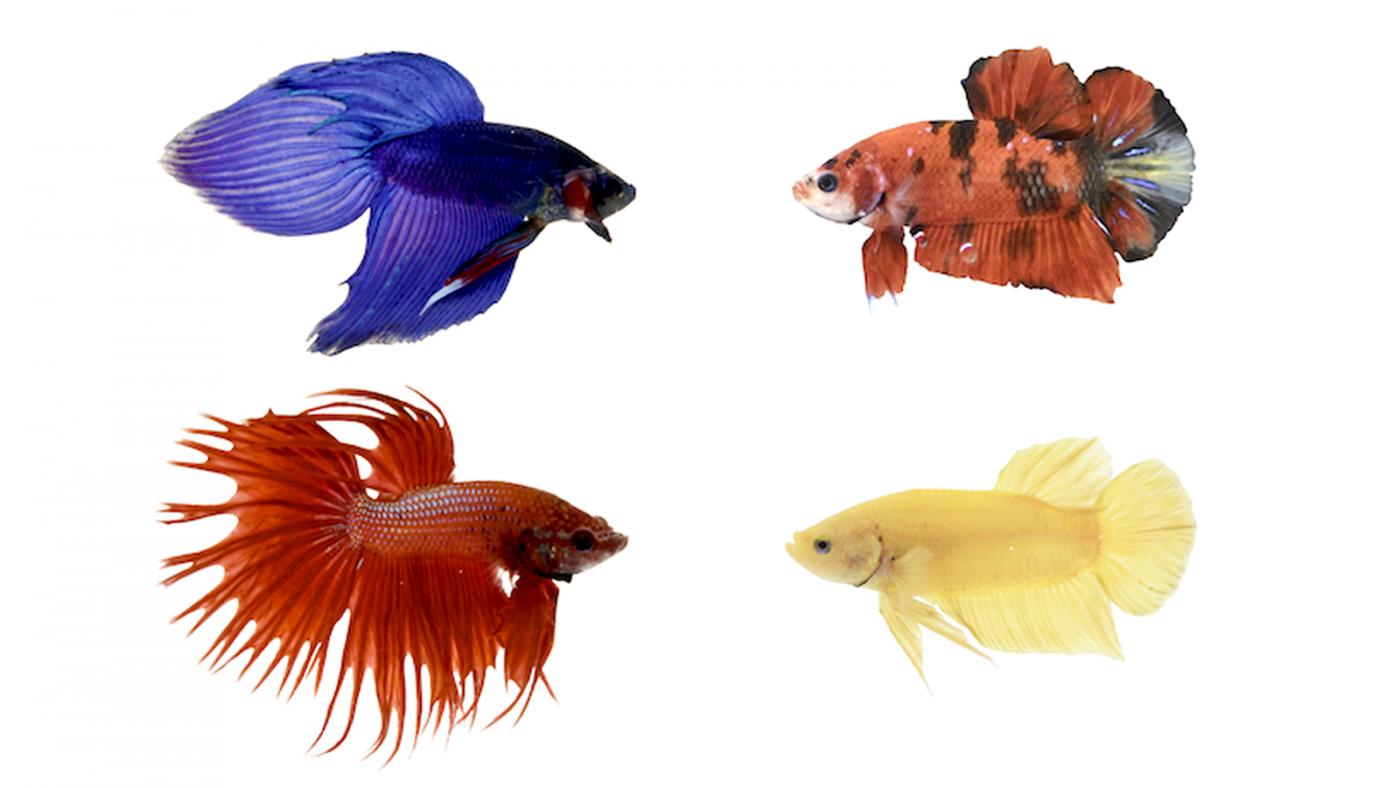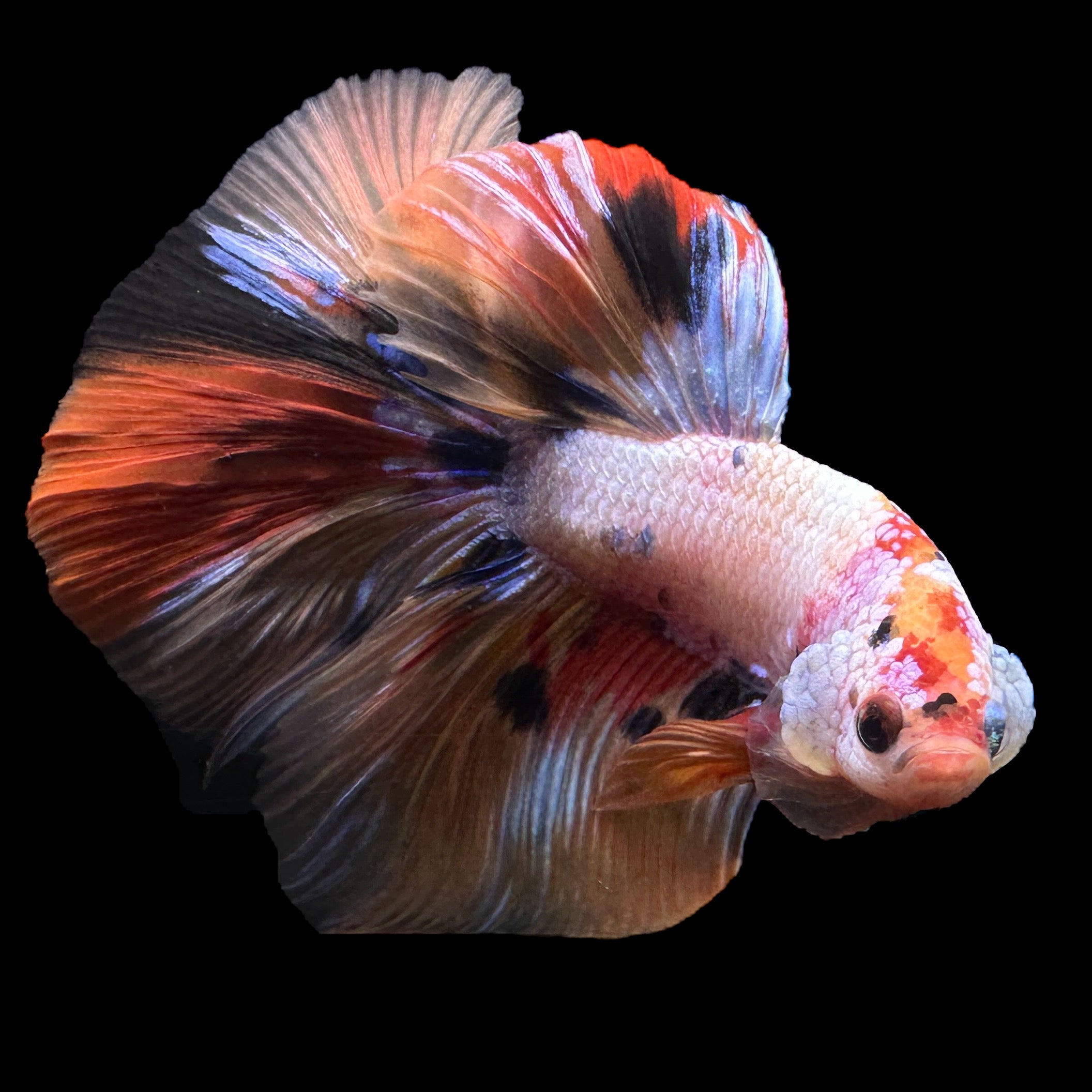Understanding Betta Fish Habits: What Every Proprietor Ought To Know
Understanding Betta Fish Habits: What Every Proprietor Ought To Know
Blog Article
All Regarding Betta Fish: Understanding Their One-of-a-kind Demands, Habits, and the Best Practices for Ideal Treatment
Recognizing the one-of-a-kind needs and behaviors of Betta fish is vital for any type of aquarist looking to give optimum treatment. betta fish. As we explore these elements even more, the effects for both amateur and seasoned fish caretakers end up being progressively obvious, elevating concerns regarding just how finest to fit these exceptional fish in our homes.
Betta Fish Review
Although often appreciated for their vivid shades and flowing fins, Betta fish, clinically referred to as Betta splendens, are complicated creatures that require specific treatment to grow. Stemming from Southeast Asia, these freshwater fish are understood for their territorial nature and one-of-a-kind behaviors. Betta fish exhibit sex-related dimorphism, with men showing a lot more vibrant colors and longer fins than females.
Their hostile propensities, specifically among males, demand mindful consideration when housing them. Bettas are frequently kept in single-specimen containers to stop territorial conflicts. They can exist side-by-side peacefully with particular compatible species in bigger community containers, offered the environment satisfies their needs.

To ensure ideal treatment, aquarists have to understand their unique behavioral qualities, nutritional demands, and environment requirements. betta fish. With appropriate interest, Betta fish can show their vibrant characters and grow in a properly maintained fish tank setting
All-natural Environment and Environment
Betta fish thrive in a diverse array of all-natural habitats, mainly discovered in the superficial waters of Southeast Asia, including rice paddies, swamps, and slow-moving streams. These environments are characterized by cozy temperature levels, commonly in between 75 ° F and 82 ° F(24 ° C and 28 ° C ), and a pH level ranging from 6.5 to 7.5, which is ideal for their health and health.
In their natural environments, Betta fish are accustomed to thick plants, offering both shelter and reproducing grounds. The presence of plants such as drifting water lilies and thick lawns not only offers defense from predators but additionally adds to the oxygenation of the water, which is vital for their respiratory demands. Furthermore, these atmospheres typically have locations of still water, permitting Betta fish to display their natural actions such as bubble nesting.
Comprehending the natural environment of Betta fish is important for fish tank enthusiasts. Duplicating these problems-- via water temperature level, pH balance, and the addition of live plants-- can dramatically enhance the total health and wellness and durability of these captivating fish, guaranteeing they thrive in a home fish tank setup.
Social Habits and Communications
Comprehending the social actions and interactions of Betta fish is crucial for successful fish tank administration. Betta fish, or Siamese combating fish, are known for their unique behavior characteristics, identified primarily by territoriality and hostility. Men, in specific, present highly aggressive habits in the direction of each other, causing the infamous credibility of Betta fish as competitors. In a confined room, two males can involve in terrible confrontations, commonly causing injury or fatality.
On the other hand, female Bettas display less hostile habits and can exist side-by-side in teams, referred to as sororities, if presented effectively. However, it is anonymous critical to check their communications very closely, as power structure and prominence can bring about problems. Comprehending the dynamics within a Betta community is important; establishing concealing places and guaranteeing adequate area can reduce aggression.
In addition, Betta fish might likewise show curiosity and social behaviors in the direction of various other varieties. While they can exist side-by-side with particular non-aggressive storage tank mates, it you can find out more is necessary to choose suitable types to avoid stress and anxiety and hostility. On the whole, identifying these social interactions is key to cultivating a harmonious aquarium atmosphere for Betta fish.
Vital Care Standards
Offering proper take care of Betta fish is critical to their health and wellness and well-being. To make certain a successful environment, it is vital to preserve optimal water problems. The water temperature ought to be maintained between 76 ° F and 82 ° F(24 ° C to 28 ° C), while pH degrees should vary from 6.5 to 7.5. Regular water adjustments-- roughly 25% once a week-- help preserve water top quality.
Betta fish call for a suitable storage tank dimension; a minimum of 5 gallons is recommended to supply adequate area for swimming and hiding. Consist of decorations and plants to create a browse around this web-site revitalizing environment, however prevent sharp things that could harm their fragile fins.

Finally, guarantee the tank is geared up with a filter to keep the water tidy, yet make use of a mild filter to prevent strong currents that can stress the fish. By adhering to these essential treatment standards, owners can promote a healthy and balanced and vivid Betta fish.
Common Health Issues and Solutions
In the treatment of Betta fish, awareness of usual health concerns is necessary for preserving their health. To treat fin rot, boost water conditions and take into consideration utilizing a broad-spectrum antibiotic.
Another typical ailment is ich, a parasitic infection characterized by white spots on the fish's body (betta fish). Treatment involves boosting water temperature level and including aquarium salt to the container, as this can aid get rid of the parasite
Swim bladder problem is also frequently observed, causing buoyancy problems. This condition may occur from overfeeding or irregularity. A fasting duration of 24-48 hours, followed by a diet plan of blanched peas, can give relief.
Finally, bettas might suffer from velvet condition, indicated by a gold dust-like appearance on their skin. Treatment generally needs drug specifically developed for outside bloodsuckers, alongside improved storage tank health.
Normal monitoring of water specifications, keeping a tidy environment, and offering a balanced diet plan are crucial preventive steps. By attending to these wellness issues promptly, Betta fish can lead much healthier, extra vibrant lives.
Conclusion
In recap, successful betta fish care calls for an understanding of their special requirements and behaviors. Routine tracking of health and water top quality, along with a balanced diet, adds to the durability and vibrancy of betta fish.
Report this page